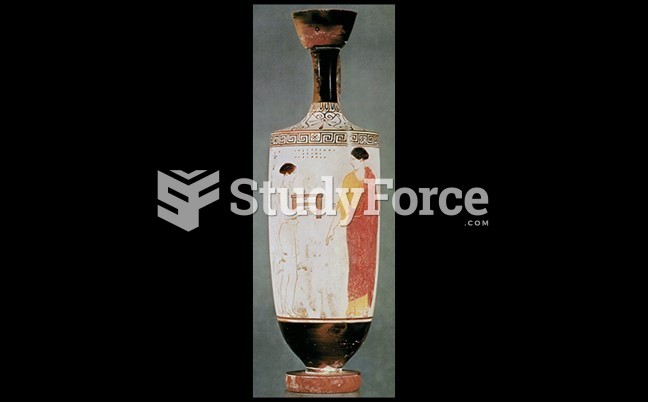This topic contains a solution. Click here to go to the answer
|
|
|
Did you know?
A strange skin disease referred to as Morgellons has occurred in the southern United States and in California. Symptoms include slowly healing sores, joint pain, persistent fatigue, and a sensation of things crawling through the skin. Another symptom is strange-looking, threadlike extrusions coming out of the skin.
Did you know?
If you could remove all of your skin, it would weigh up to 5 pounds.
Did you know?
The heart is located in the center of the chest, with part of it tipped slightly so that it taps against the left side of the chest.
Did you know?
Approximately 500,000 babies are born each year in the United States to teenage mothers.
Did you know?
Most childhood vaccines are 90–99% effective in preventing disease. Side effects are rarely serious.







